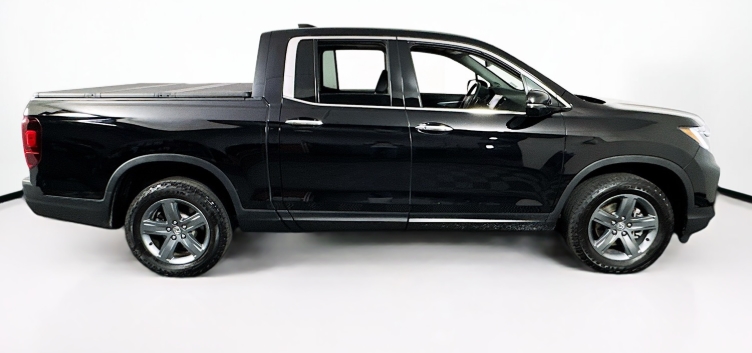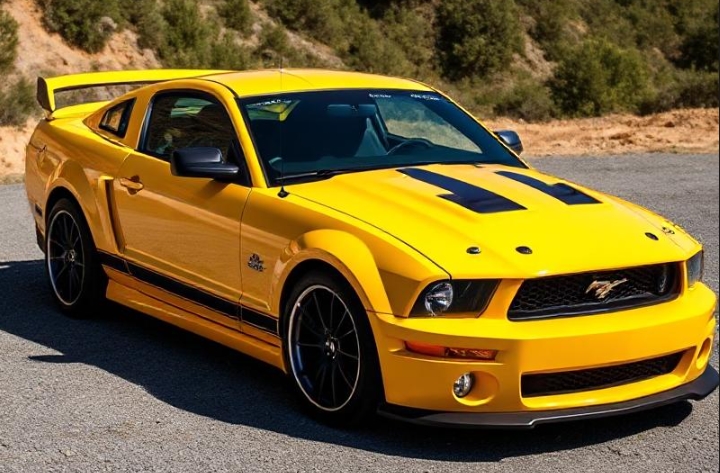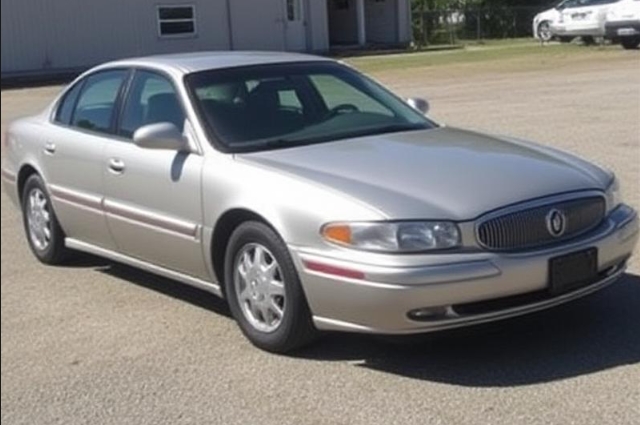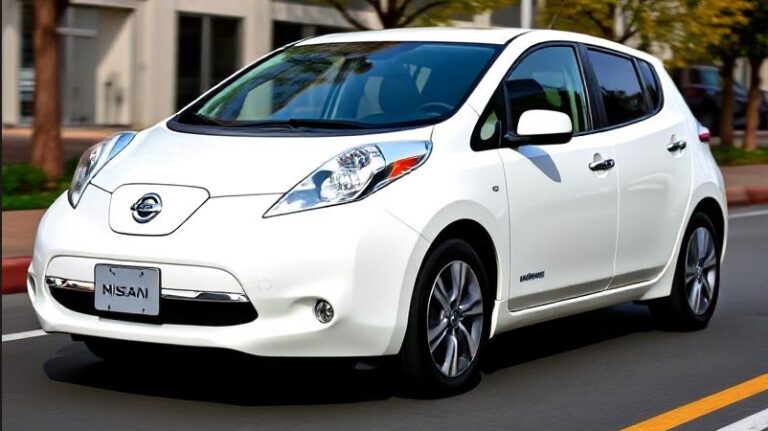The Unconventional Contender: A Detailed Evolution of the Honda Ridgeline
In the deeply traditional world of the North American pickup truck, dominated by body-on-frame leviathans from Detroit, the arrival of a new contender is always a noteworthy event. But in 2005, when Honda unveiled the 2006 Ridgeline, it wasn’t just another truck; it was a fundamental reimagining of what a pickup could be. Built on a unibody platform with four-wheel independent suspension and a host of clever innovations, the Ridgeline was a polarizing vehicle from its inception. It was lauded by some for its car-like comfort and ingenious utility, yet dismissed by traditionalists as a “not-a-real-truck.” Over nearly two decades, through two distinct generations, a production hiatus, and several crucial refinements, the Honda Ridgeline has charted a unique and fascinating evolutionary course, carving out a durable niche for the driver who needs a truck, but doesn’t want to live with the compromises of one.
First Generation (2006–2014): The Audacious Debut
The story of the Ridgeline begins with Honda’s “Global Light Truck Platform,” the same unibody architecture that underpinned the successful Pilot SUV and Acura MDX. Honda’s engineers, however, didn’t simply add a bed to an SUV. They created a revolutionary hybrid structure: a unibody construction reinforced with an integrated, fully boxed ladder frame. This design aimed to provide the rigidity needed for truck-like tasks while retaining the superior ride quality, handling, and safety benefits of a unibody.
This unconventional foundation enabled features previously unseen in the pickup segment. The most celebrated was the lockable, weatherproof In-Bed Trunk®, an 8.5-cubic-foot storage area located beneath the bed floor, complete with a drain plug, turning it into a de facto cooler. Complementing this was the dual-action tailgate, which could either fold down conventionally or swing open like a door, providing easier access to the trunk and bed contents. Furthermore, the use of a four-wheel independent suspension system, a stark departure from the solid rear axles of its competitors, gave the Ridgeline a remarkably smooth and controlled ride.
All first-generation Ridgelines were powered by Honda’s venerable 3.5-liter J-series SOHC V6 engine, producing 247 horsepower and 245 lb-ft of torque (power figures were adjusted to 250 hp and 247 lb-ft in 2009). This was paired with a 5-speed automatic transmission and Honda’s VTM-4 (Variable Torque Management 4-Wheel Drive) system, which operated primarily in front-wheel drive but could send up to 70% of torque to the rear wheels when needed.
Trim Level Evolution (First Generation):
2006: The Ridgeline launched with three core trims.
RT: The base model, featuring steel wheels, air conditioning, a power-sliding rear window, and the full suite of innovative bed features.
RTS: The volume model, adding alloy wheels, a more powerful audio system with a six-disc changer, dual-zone climate control, and a security system.
RTL: The premium trim, which included all RTS features plus a leather-trimmed interior, heated front seats, a power moonroof, and XM Satellite Radio. A navigation system was available as an option on the RTL.
2007: Honda introduced a fourth trim level to bridge the gap.
RTX: Slotted between the RT and RTS, the RTX was essentially an RT with factory-installed alloy wheels, a standard trailer hitch, and a unique grille.
2008: A minor refresh brought a new grille design and updated taillights. The RTX trim was dropped from the lineup.
2009: Honda simplified the offerings. The RTX was gone, and the RTL trim was now available with or without the navigation package as a primary differentiator. A trailer hitch became standard on all models.
2012: The Ridgeline received its most significant facelift. A new, more conventional three-bar grille was introduced to give it a tougher appearance. Honda also added a new trim.
Sport: Based on the RT, the Sport model offered a blacked-out aesthetic, including a black grille, black headlight and taillight housings, and exclusive 18-inch black alloy wheels.
2013-2014: As the generation wound down, the lineup was further consolidated. A rearview camera became standard on all models.
SE (Special Edition): For its final model year in 2014, Honda introduced the SE trim, which packaged all the features of the RTL with Navigation, along with unique 18-inch alloy wheels and special badging, serving as a fully-loaded farewell edition.
Despite critical acclaim for its innovation and ride comfort, the first-generation Ridgeline’s polarizing styling—particularly its flying buttress-like C-pillars—and modest payload/towing capacities limited its appeal among traditional truck buyers. Sales, initially strong, tapered off, leading Honda to discontinue the model after 2014 and take a brief but necessary pause.
The Intermission (2015): A Year of Reflection
For the 2015 model year, the Honda Ridgeline was absent from showrooms. The company hadn’t given up on the concept; rather, it had gone back to the drawing board. Honda acknowledged the feedback: the core utility and comfort were brilliant, but the styling was a barrier for many potential customers. The goal for the second generation was to retain everything that made the Ridgeline unique while clothing it in a more traditional and widely appealing truck design.
Second Generation (2017–Present): A More Conventional Approach
Making a splashy return with a Super Bowl 50 commercial, the second-generation 2017 Honda Ridgeline was a ground-up redesign. Built on a new, highly advanced version of the Global Light Truck Platform shared with the third-generation Pilot, it was longer, wider, and visually much more conventional. The controversial sail panels were gone, replaced with a traditional seam between the cab and the bed (though it was still a single-unit construction), giving it a familiar three-box pickup profile.
The powertrain was significantly upgraded. A new direct-injected 3.5-liter V6 produced a much healthier 280 horsepower and 262 lb-ft of torque, initially paired with a 6-speed automatic transmission. The all-wheel-drive system was also new: the advanced i-VTM4 system, which featured true torque-vectoring at the rear axle for enhanced handling and all-weather capability. For the first time, the Ridgeline was also available in front-wheel-drive on lower trims.
The bed innovations returned, bigger and better. The In-Bed Trunk was now larger and featured a fully flat floor. A new, class-exclusive in-bed audio system used “exciters” to vibrate the bed walls, turning the entire bed into a massive outdoor speaker—perfect for tailgating.
Trim Level Evolution (Second Generation):
2017–2020: The initial second-gen lineup was broad, offering seven distinct trims.
RT: The new base model, available only in FWD, featuring push-button start and the dual-action tailgate.
RTS: Added alloy wheels, remote start, and tri-zone climate control.
Sport: An appearance package built on the RTS, adding 18-inch gray wheels and black exterior trim. (AWD became optional on this trim).
RTL: The entry-level luxury trim, with a leather-trimmed interior, heated front seats, and an acoustic windshield.
RTL-T: Added the 8-inch Display Audio touchscreen with Apple CarPlay and Android Auto, along with Honda’s LaneWatch camera.
RTL-E: This trim made AWD standard and was loaded with technology, including the Honda Sensing suite of safety features, the in-bed audio system, a truck-bed power outlet, and a heated steering wheel.
Black Edition: The range-topper, building on the RTL-E with exclusive black paint, black trim, black wheels, and a unique interior with red ambient lighting and stitching.
2020: A key mechanical update occurred this year as the 6-speed automatic was replaced across all trims with a more modern and efficient 9-speed automatic transmission.
The Mid-Cycle Refresh (2021–Present): A Bolder Face
By 2021, Honda was ready to address the last lingering critique of the Ridgeline: that its front end still looked too much like the Pilot SUV. The mid-cycle refresh was almost exclusively focused on aesthetics, giving the truck a much more aggressive and upright front fascia. Everything from the A-pillars forward was new, featuring a squared-off grille, a power-bulge hood, and brighter LED headlights. The changes worked, giving the Ridgeline the rugged, “truck-like” appearance many felt it had been missing.
Honda also made significant strategic changes to the lineup. All-wheel drive became standard on every trim, eliminating the FWD option. Inside, a physical volume knob returned to the infotainment system, addressing a major usability complaint.
Trim Level Simplification (2021-Present):
The seven-trim lineup was streamlined to a more focused four-trim offering.
Sport: Now the entry point, it came standard with AWD and featured the aggressive new styling. A new HPD (Honda Performance Development) package became available, adding bronze wheels, prominent fender flares, and special graphics.
RTL: Continued to offer leather, a moonroof, and other comfort features.
RTL-E: Remained the technology-focused trim with premium audio, navigation, and the full Honda Sensing suite.
Black Edition: The top-of-the-line model with its signature murdered-out aesthetic.
2024: Responding to the growing overlanding and off-road trend, Honda introduced a new halo trim.
TrailSport: The most rugged Ridgeline ever produced. The TrailSport includes all-terrain tires on unique 18-inch wheels, an off-road-tuned suspension for increased articulation and compliance, and steel underbody protection for the oil pan. It also features exclusive interior accents and TrailSport badging, signaling Honda’s confidence in the Ridgeline’s inherent capability.
.
RepairSurge Online Repair Manuals Replace Bulky Books With Reliable Digital Information!
Faster And Cheaper Than Traditional Printed Manuals, Users Get Instant Access To The Repair Information They Need For Any Car, Truck, Van or SUV:
.
Conclusion: A Legacy of Innovation
From its radical, sail-pillared debut to its current rugged-yet-refined form, the evolution of the Honda Ridgeline is a story of persistent innovation and intelligent adaptation. It has never been, nor has it tried to be, a direct competitor to the heavy-duty, body-on-frame workhorses. Instead, it has consistently offered a different proposal: a truck that integrates seamlessly into daily life with unparalleled comfort, safety, and clever utility. The journey shows a vehicle that learned from the market, shedding its most polarizing design cues while doubling down on the core strengths—the unibody ride, the In-Bed Trunk, the all-weather confidence—that made it special in the first place. The Ridgeline remains the unconventional contender, a testament to the idea that there is more than one right way to build a pickup truck.







